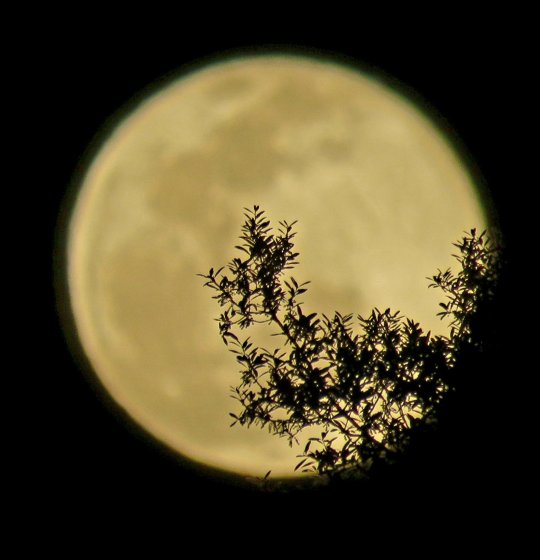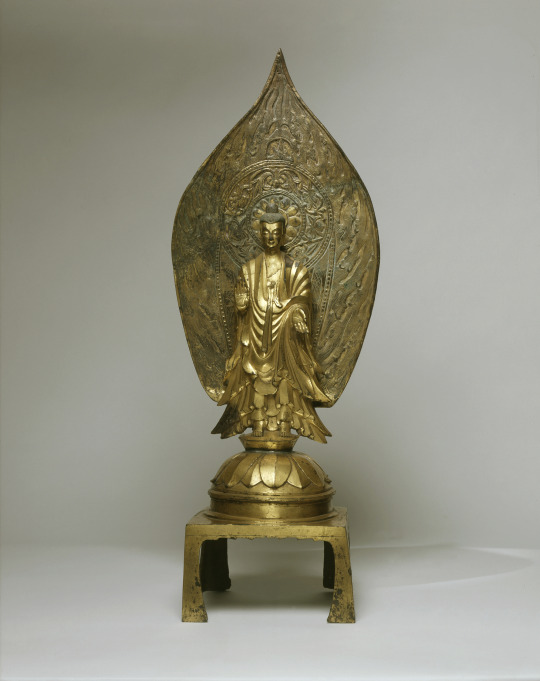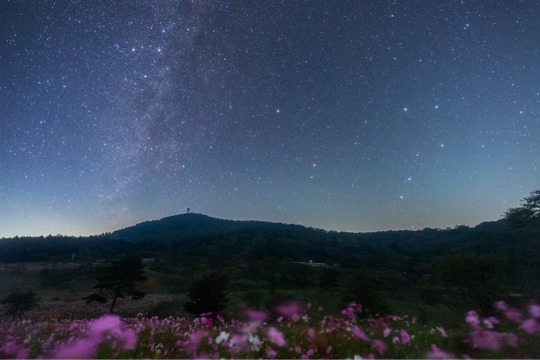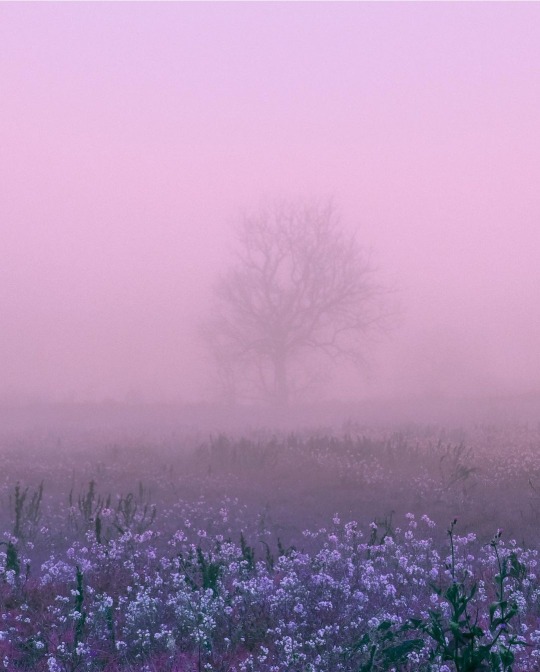Photo

Buddhism in Ancient Japan
Buddhism was introduced to ancient Japan via Korea in the 6th century CE with various sects following in subsequent centuries via China. It was readily accepted by both the elite and ordinary populace because it confirmed the political and economic status quo, offered a welcoming reassurance to the mystery of the afterlife, and complemented existing Shinto beliefs. Buddhist monasteries were established across the country, and they became powerful political players in their own right. Buddhism was also a key driver in fostering literacy, education in general, and the arts in ancient Japan.
Introduction to Japan
Buddhism was introduced into Japan in either 538 CE or 552 CE (traditional date) from the Korean kingdom of Baekje (Paekche). It was adopted by the Soga clan particularly, which had Korean roots and was practised by the significant Korean immigrant population in Japan at that time. Buddhism received official government support in 587 CE during the reign of Emperor Yomei (585-587 CE), even if some aristocratic clan groups (the Monobe and Nakatomi especially) opposed it and still adhered to purely Shinto beliefs. Buddhism reinforced the idea of a layered society with different levels of social status with the emperor very much at the top and protected by the Four Guardian Kings of Buddhist law. The aristocracy could also handily claim that they enjoyed their privileged position in society because they had accumulated merit in a previous life.
In addition to the reinforcement, Buddhism gave to the status quo; the adoption of Buddhism, it was hoped, would be looked on favourably by the more advanced neighbouring cultures of Korea and China and enhance Japan’s reputation as a rising civilised nation in East Asia. Once officially adopted, monks, scholars, and students were regularly sent to China to learn the tenets of Buddhism in more depth and bring back that knowledge, along with art and even sometimes relics, for the benefit of the Japanese people.
Continue reading…
36 notes
·
View notes
Text








April's Full Pink Moon
l Rami Ammoun l Brad Perry l KristinLRaught l Dan Martland l EdPiotrowski l StonehengeUK l UofGlasgow l coko9718
537 notes
·
View notes
Text
“Comparing yourself to others is an act of violence against your authentic self.”
— Iyanla Vanzant
116 notes
·
View notes
Text
“If I had a flower for every time I thought of you, I could walk through my garden forever.”
— Alfred Lord Tennyson
115 notes
·
View notes
Text
“I hide behind sarcasm because telling you to go fuck yourself is considered rude in most social situations.”
— Unknown
134 notes
·
View notes
Text

Gilded bronze statue of Maitreya, China, dated 536 AD
from The Penn Museum
88 notes
·
View notes













